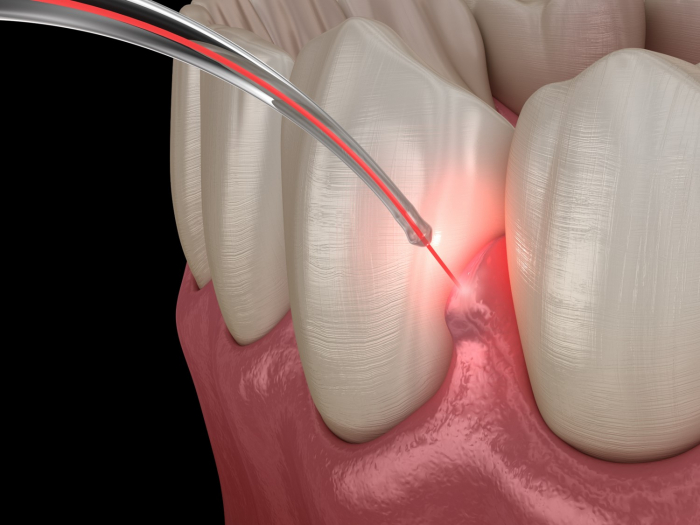The Science Behind Laser Therapy in Periodontal Treatment
Introduction
Periodontal disease, commonly known as gum disease, has been traditionally treated using methods like scaling and root planing. However, laser therapy is emerging as a viable, scientifically-backed option for treating this prevalent condition.
The Technology of Lasers
Lasers operate on the principle of light amplification through stimulated emission of radiation. In the context of periodontal treatment, specific wavelengths are chosen to target the affected area without harming the surrounding tissues. The energy from the laser acts to kill bacteria and promote tissue regeneration.
Advantages over Traditional Methods
The use of laser therapy in periodontal treatment presents several advantages over traditional methods. It is less invasive, reduces the risk of infection, and offers faster healing times. This is particularly beneficial for patients who experience anxiety or discomfort during dental procedures.
The Procedure
A typical laser therapy procedure for periodontal treatment involves the following steps:
- Local anaesthesia to numb the area
- A laser is used to remove the inflamed gum tissue from around the root of the tooth
- Scaling and root planing are performed, if necessary
- The laser is then used to stimulate the growth of new tissue
Scientific Studies
Numerous studies have backed the efficacy of laser therapy in periodontal treatment. For instance, research published in the Journal of Periodontal Research has shown that laser treatment can effectively reduce pocket depth and improve gum health.
Conclusion
Laser therapy in periodontal treatment is more than just a technological novelty—it is a scientifically proven method that offers real advantages in terms of patient comfort and clinical outcomes.
